PROTECT YOUR DNA WITH QUANTUM TECHNOLOGY
Orgo-Life the new way to the future Advertising by AdpathwayGOP Closes the Gap: Congressional Ballot Shows Major Shift Since Trump’s First Term
As the 2026 midterm elections draw closer, recent data reveals a significant decline in Democratic support on the generic congressional ballot. The Democrats currently manage a slim lead of just 1.6 percentage points, a dramatic drop from the 9-point advantage they enjoyed during President Trump’s first term. This striking 7.4-point swing toward Republicans signifies deepening vulnerabilities for Democratic leadership in Washington.
A tweet detailing this shift summarizes the seriousness of the situation: “US Congressional ballot, TODAY versus the same point in Trump term 1 (RCP): 🔵 Oct. 17, 2017: Democrat+9 🟡 Today: Democrat+1.6 🟥 A SHIFT of Republican+7.4. Yikes. Hakeem and Chuck have a serious issue.” This sentiment resonates strongly among conservative analysts and voters, illustrating an urgent challenge for the Democratic Party as it finds itself at a crossroads.
Approval Ratings Plunge Among Democrats
Further validation of these challenges comes from a PEW Research Center report. For the first time in over a decade, more Democrats—59%—disapprove of their party’s congressional leaders than approve. This represents a striking reversal from earlier this year, when a solid 61% approved of their leadership. As conditions change, so does the perception of party figures.
Senate Minority Leader Chuck Schumer is now under increasing scrutiny. His approval ratings have plummeted from 47% favorability to an alarming low by September 2025. This decline poses a real threat to Senate Democrats, particularly as they brace for competitive races in key states.
Meanwhile, Hakeem Jeffries, once regarded as a rising star, now struggles to unite support within his party. Democratic voters voice frustration, lamenting a lack of strong messaging and an inability to counter Republican initiatives effectively. This disorganization among Democrats detracts from their political strength and further impacts polling numbers.
Republicans on the Offensive
Republican leadership, in stark contrast, appears to be gaining traction. According to PEW data, party approval has surged among Republican voters, climbing to 69%—a substantial increase from 54% last year. Speaker Mike Johnson and Senate Majority Leader John Thune may not be widely known, but their focus on core conservative issues such as border security and inflation has paid off. Their strategy resonates with their base and contributes to steady approval amidst a competitive landscape.
Though many may not know Johnson, he ranks more favorably than his Democratic counterparts among independents and conservatives. This neutrality could be advantageous, helping Republicans stick to a disciplined messaging strategy while avoiding the internal disputes troubling the Democratic Party.
Voter Sentiment Signals a Crossroad
The ongoing shift in the congressional ballot aligns with broader discontent toward national political leadership. Data shows that while Trump and Vice President JD Vance face unfavorable views from 58% and 51% of Americans respectively, the Republican base remains steadfast. They show improved support, especially among independents—a crucial demographic in midterm elections.
Democrats, however, suffer from growing internal divisions. Strife between progressive and centrist factions is becoming increasingly apparent. Disagreement over immigration policy, energy strategies, and pandemic responses raises questions about the party’s ability to lead decisively.
Expressions of outrage from constituents reflect a growing concern. Robert Jenkins, a 59-year-old Democrat, conveyed frustration: “I think they’re spineless. They need to fight back.” This resonance of discontent signifies wider issues regarding leadership and clear messaging within the Democratic ranks.
In a similar vein, Harold Etkin, a 78-year-old independent, critiqued both parties, dubbing Trump “the worst president we’ve ever had” while emphasizing the lack of an appealing alternative. His comments illuminate the cynicism that many independents harbor toward both political options.
Independent Voters Holding the Cards
The emerging narrative highlights the pivotal influence of independent voters. This group, still diverse and complex, increasingly views both parties as ineffective. However, the recent uptick in generic ballot support for Republicans suggests that independents may be reassessing their stance. Key issues such as inflation, taxes, and border control appear to be drawing more independent voters toward the GOP.
Recent NPR/Marist polling indicates a split perception among independents regarding potential government shutdowns, with 40% attributing blame equally to both parties. However, when it comes to economic challenges, there’s a noticeable tilt towards Republican trust—a marked departure from the early Trump years when Democrats held a clear advantage in this segment.
The Method Behind the Numbers
The data from RealClearPolitics is an aggregation of national polls, adjusted for reliability. The “generic congressional ballot” measures which party respondents would support in a general election without the context of specific candidates. Over time, this metric has proven to reflect the national mood and correlate closely with midterm outcomes.
A comparison of today’s data to that of October 17, 2017, reveals a stark contrast. Democrats held a substantial +9 lead, maintaining that advantage by the midterm elections in 2018. However, with the current lead dwindled to just 1.6 points, the GOP is poised to benefit from the potential for midterm seat gains even in competitive areas.
Democrats’ Narrow Path Ahead
Ultimately, as the electoral landscape shifts, numbers alone will not determine the elections; rather, the trends indicate trouble brewing for Democrats. Minor changes in voter turnout, particularly among independents and disengaged Democrat voters, could dramatically shift Congressional control. The significant decline in enthusiasm among the Democratic base, underscored by the PEW survey, points to challenges ahead as the party heads toward 2026.
One Republican strategist summarized the implications of the polling data: “They’re bleeding support where it counts most—among their own voters. We’re holding steady and hitting the ground with energy.” For the Democratic Party to stage a comeback, reversing trends in the economy and public safety will be crucial—areas where Republicans currently hold advantages.
The apparent 7.4-point swing in support signals more than mere statistics; it reveals a shifting political landscape that could favor a Republican renaissance. As the dynamics tighten, the attention directed at Schumer and Jeffries grows. Under falling approval ratings and rising dissatisfaction, the Democratic Party faces a limited window to reclaim strategic direction. Until then, momentum seems to lean toward the Republican side, further complicating the road ahead for Democrats.
"*" indicates required fields


 2 days ago
9
2 days ago
9
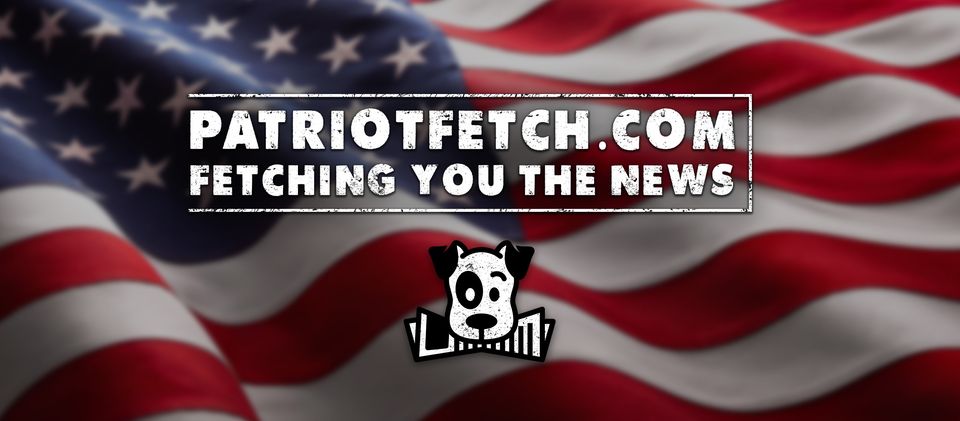






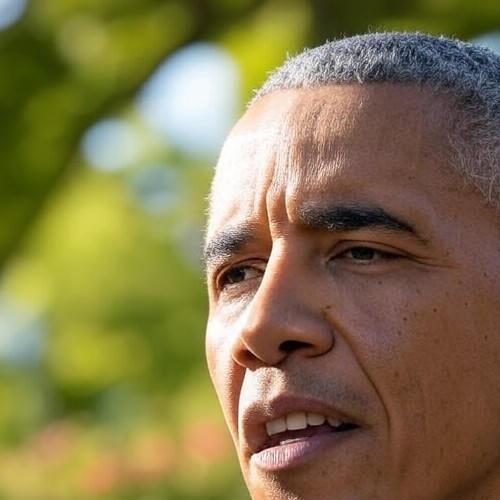


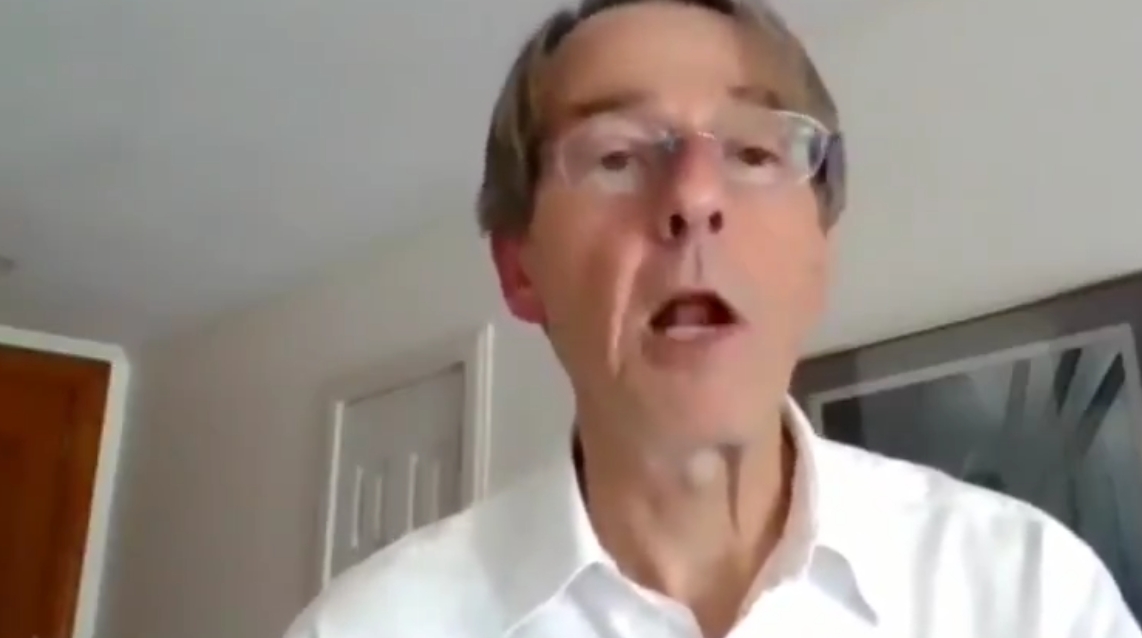

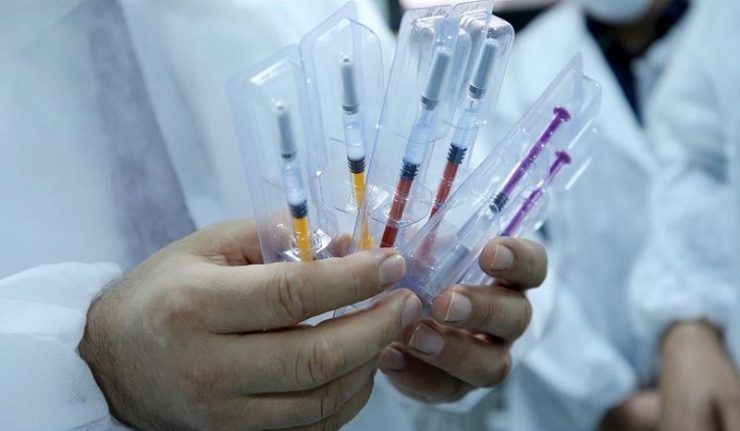
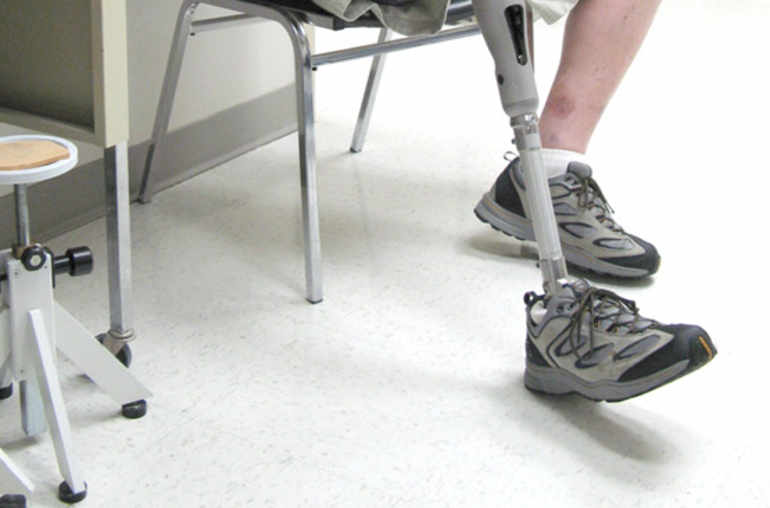




.jpg)






 English (US) ·
English (US) ·  French (CA) ·
French (CA) ·